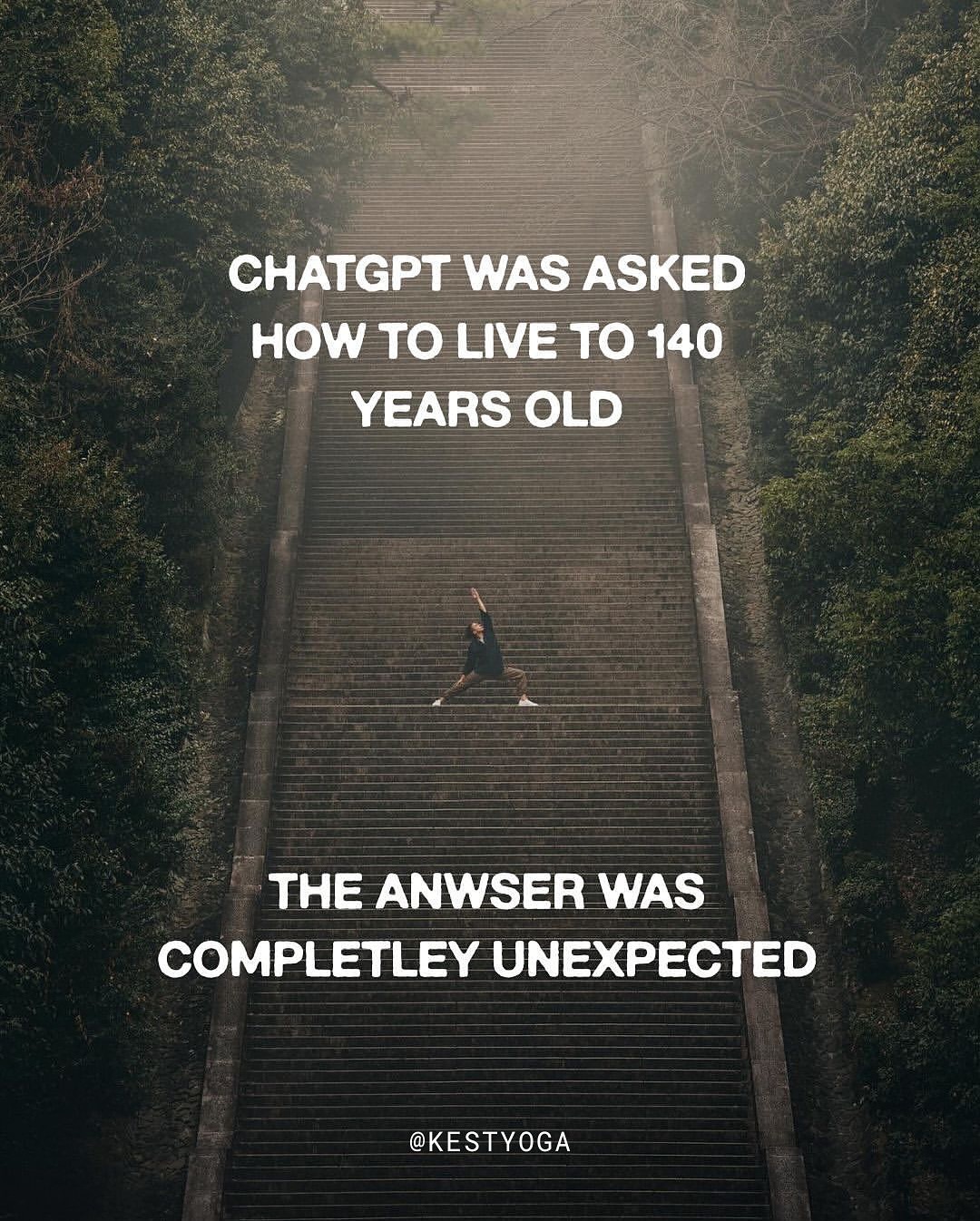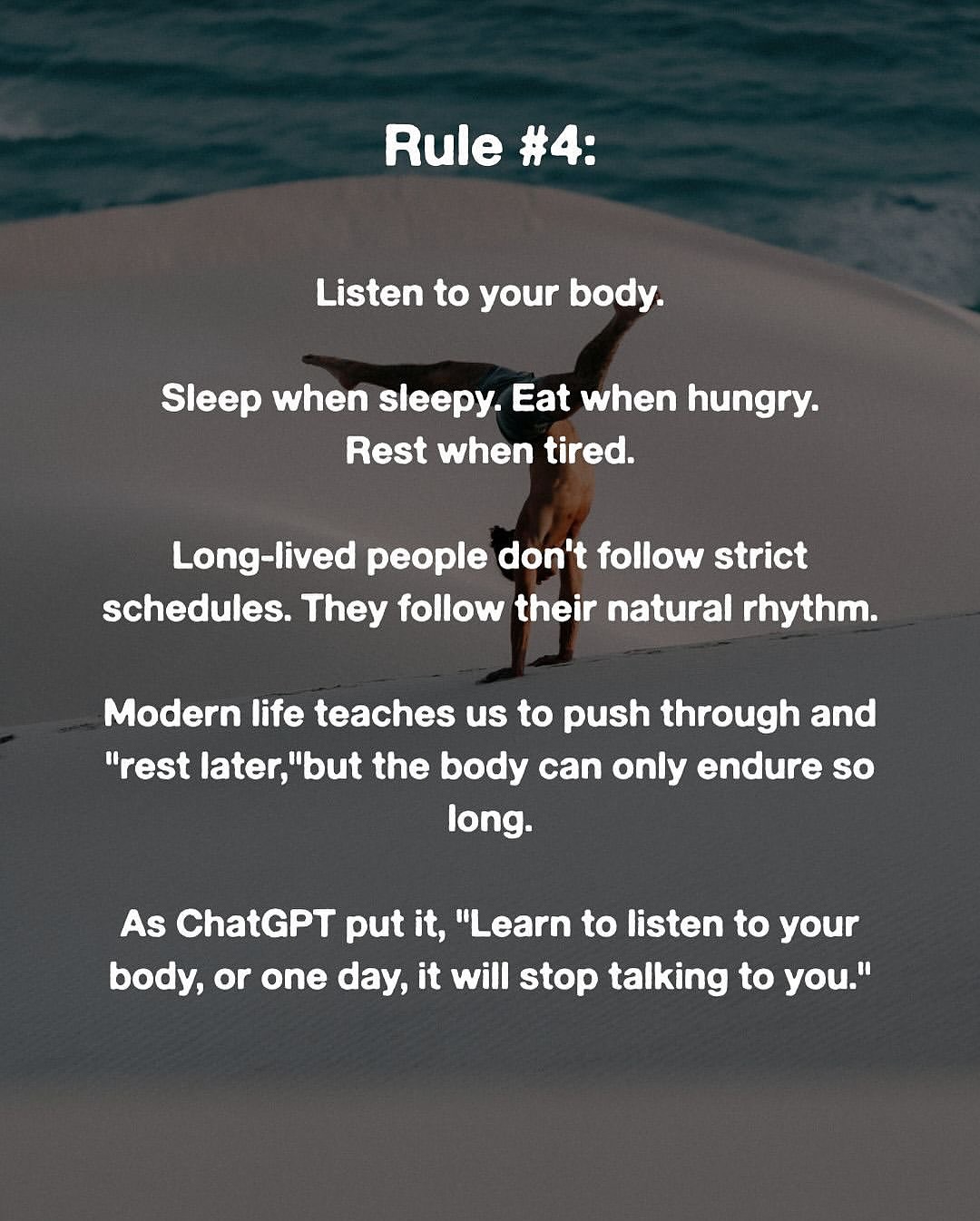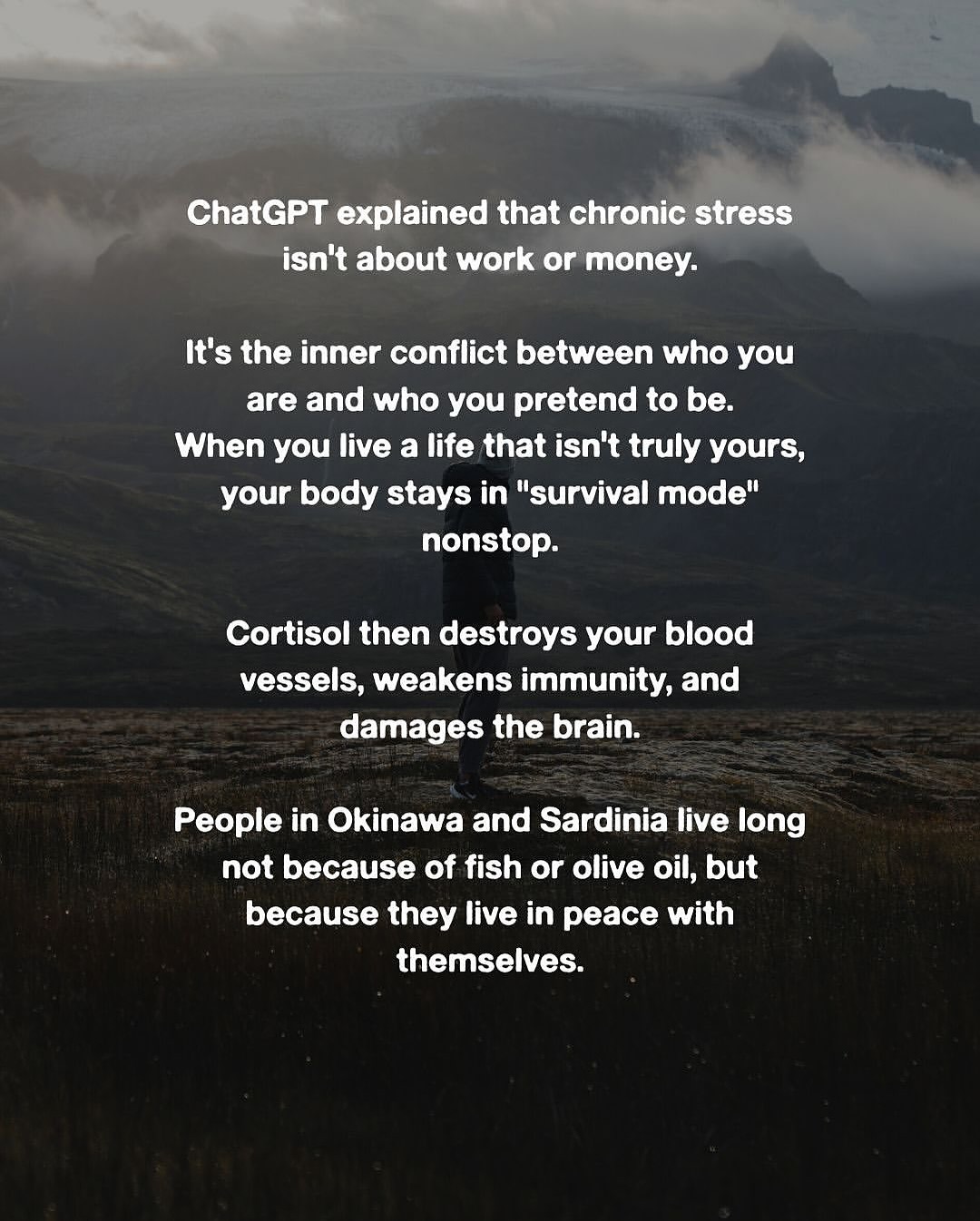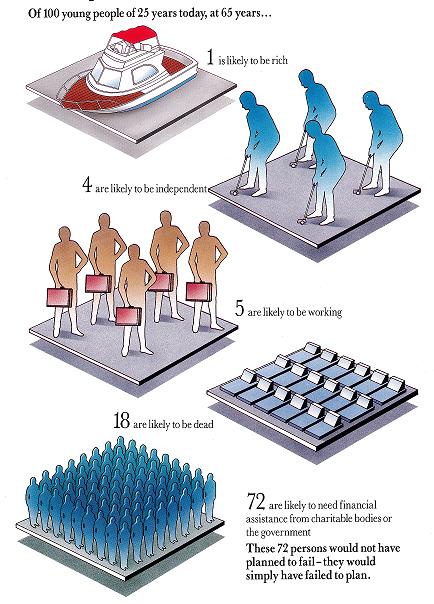







Tom's Blog on Life and Livingness









In February 1956, Harry deLeyer arrived late to a horse auction in Pennsylvania.
The auction was over. The valuable horses were gone. The only animals left were the ones nobody wanted—skinny, used-up horses being loaded onto a truck bound for the slaughterhouse in Northport.
Harry was a 28-year-old Dutch immigrant who taught riding at a private school on Long Island. He needed quiet horses for his beginner students. Nothing fancy. Just something safe.
Then he saw him.
A gray gelding, eight years old, filthy and covered in scars from years pulling an Amish plow. The owner warned Harry against buying him. “He’s not sound. He has a hole in his shoulder from the plow harness.”
Harry looked at the horse anyway.
Wide body. Calm demeanor. Intelligent eyes. Good legs despite everything.
“How much?”
“Eighty dollars.”
Harry paid it. The horse stepped off the slaughter truck and into history.
His daughter named him Snowman.
For a few months, Snowman was exactly what Harry needed—a gentle lesson horse the children loved. So gentle, in fact, that Harry eventually sold him to a local doctor for double what he’d paid.
The doctor took Snowman home.
Snowman had other plans.
The next morning, Snowman was back in Harry’s barn.
The doctor took him home again. Built higher fences.
Snowman jumped them. Came back.
Five-foot fences. The horse who’d spent his life pulling a plow was clearing five-foot fences like they were nothing.
Harry stared at this $80 plow horse and saw something nobody else had seen.
Maybe this horse could jump.
In 1958—exactly two years after Harry pulled him off that slaughter truck—Snowman and Harry deLeyer walked into Madison Square Garden.
They were competing against America’s elite show jumpers. Horses with perfect bloodlines. Horses worth tens of thousands of dollars. Horses owned by millionaires who’d never looked at a plow, much less pulled one.
Snowman was still that wide, plain gray gelding.
Still had scars on his shoulder.
Still had the thick neck and powerful hindquarters of a working farm horse.
He won.
Not just won—dominated. The AHSA Horse of the Year. The Professional Horsemen’s Association championship. The National Horse Show championship. Show jumping’s triple crown.
The press went wild. LIFE Magazine called it “the greatest ‘nags-to-riches’ story since Black Beauty.”
They called Snowman “The Cinderella Horse.”
In 1959, they did it again.
Back to Madison Square Garden. Back against the blue-blood horses and their millionaire owners.
Snowman won again. Horse of the Year. Again.
The crowd couldn’t get enough of them. This immigrant riding instructor and his $80 rescue horse, beating horses that cost more than houses.
Snowman jumped obstacles up to seven feet, two inches high. He jumped over other horses. He jumped with a care and precision that made it look easy, even when it wasn’t.
And here’s the part that made people love him even more: the same horse who cleared seven-foot jumps on Saturday could lead a child around the ring on Sunday. Snowman could win an open jumper championship in the morning and a leadline class in the afternoon.
He was called “the people’s horse.”
Snowman and Harry traveled the world. They appeared on television shows. Johnny Carson. National broadcasts. Snowman became as famous as any human athlete.
Secretariat wouldn’t be born for another decade. But people compared Snowman to Seabiscuit—another long-shot champion who’d captured America’s heart in darker times.
The Cold War was raging. The country was anxious. And here was this story: an immigrant and a rescue horse, proving that being born into nothing didn’t mean you were worth nothing.
That the $80 horse could beat the $30,000 horses.
That where you came from mattered less than where you were willing to go.
Snowman competed until 1969.
His final performance was at Madison Square Garden, where it had all started. He was 21 years old—elderly for a show jumper. The crowd gave him a standing ovation. They sang “Auld Lang Syne.”
He retired to Harry’s farm in Virginia, where he lived peacefully for five more years.
Children still came to see him. To touch the horse who’d become a legend. To feed carrots to the champion who’d once been hours away from becoming dog food.
Snowman died on September 24, 1974.
He was 26 years old. Kidney failure.
Harry deLeyer kept teaching, kept training, kept competing. He never found another horse like Snowman. Nobody did.
In 1992—eighteen years after Snowman’s death—the horse was inducted into the Show Jumping Hall of Fame.
In 2011, author Elizabeth Letts wrote “The Eighty-Dollar Champion: Snowman, the Horse That Inspired a Nation.” It became a #1 New York Times bestseller.
In 2015, when Harry was 86 years old, a documentary premiered: “Harry & Snowman.” For the first time, Harry told the whole story himself. His childhood in Nazi-occupied Netherlands, where his family hid Jews in a secret cellar beneath the barn. His immigration to America with nothing. His late arrival at that Pennsylvania auction.
That gray horse on the slaughter truck.
Eighty dollars.
That’s what it cost to save Snowman’s life.
It’s also what it cost to prove that champions aren’t always born in fancy stables with perfect bloodlines.
Sometimes they’re born in Amish fields, pulling plows until their shoulders scar.
Sometimes they’re saved by immigrants who arrive late to auctions and see something nobody else saw.
Sometimes the longest long shot becomes the surest thing.
Harry deLeyer died on June 25, 2021, at age 93.
The obituaries called him many things: riding instructor, champion, immigrant, hero.
But the title he probably loved most was simple.
Snowman’s rider.
The man who paid $80 for a plow horse and got a friend, a champion, and a story that would last forever.
“What each must seek in his life never was on land or sea. It is something out of his own unique potentiality for experience, something that never has been and never could have been experienced by anyone else.”
Joseph Campbell – Author (1904 – 1987)
I have collected some ideas that will help you work out your basic purpose in life based on you personality, what you like doing and what your are good at. Check them out:
How To Work Out Your Basic Purpose
https://www.tomgrimshaw.com/tomsblog/?p=37862

Well, perhaps not deliberately, but by omission?
You may or may not have heard the saying, “If you fail to plan you are planning to fail.”
This has direct relevance in so many areas of life it is well worth a discussion with those about whom you care, like I am doing with you!
Finances is the field where I first heard the saying. It’s about 50 years ago now that I first heard “of any 100 people aged 25 now, by the time they get to age 65, 1 will be rich, 4 will be independently wealthy, 5 will be working still, 27 will be dead, 63 will be broke.” (source: ABS 1992 Census).
Productivity was the field to which I had already found that principle most applicable in daily life. If I started the day with a list of what I wanted to accomplish for the day I was invariably more productive than if I failed to do so.
I became even more aware of exactly how important is this principle after starting Healthelicious Foods. The more I learned about the enormous variations in daily energy levels, mental clarity, continued good health and life-span consequent upon our dietary and lifestyle choices and how ill informed most of us are, the more I realised you cannot effectively plan with inadequate knowledge. Which is why I encourage you to become far more informed with the best information I have accumulated over the last 17 years. https://howtolivethehealthiestlife.com/
Even having that knowledge, you still need to put it into effect. And this can be difficult. There are many external factors that apply continuous pressure to eat and drink differently than optimum. I don’t need to tell you about them. Most people experience them every day.
Which brings me to another very applicable piece of advice from my past, “If you have a problem, make it a procedure.”
For instance you may have heard the new saying, “Sitting is the new smoking.” referring to the fact that sitting for six hours or more a day is very damaging to your health. (As is standing in the one spot, as do some shop assistants.)
Well, if that is the problem, what is the procedure I can implement as a solution? For me it is a little app called BreakTaker that I downloaded and installed on my desktop. I set it to pop up every ten minutes to remind me to stand up. That is apparently as little as it takes to counter the effects of extended sitting.
With getting the best nutrition into your body to sustain a higher daily energy level, my solutions are my food bars and nutrition powders. My nutrition powders can be taken straight with water or mixed with coconut milk or added to a smoothie. They are a super easy solution to the problem of getting a nutritional intake adequate to sustain physical energy, mental clarity in the short term and studies (and my personal experience) suggest better health outcomes longer term.
So take advantage of my many thousands of hours of data collection, ingredient sourcing and product formulation. Deliberately and with malice aforethought, plan your continued good health! Get a copy of my book at https://howtolivethehealthiestlife.com/ and pick one or more of my nutrition powders at https://www.greenspowders.com.au

Scientists studying aging found that sensory inputs like touch and smell can cancel out the lifespan-boosting effects of dietary restriction by suppressing the key longevity gene fmo-2. When overactivated, the gene makes worms oddly indifferent to danger and food, suggesting trade-offs between lifespan and behavior. The work highlights how deeply intertwined the brain, metabolism, and environment are. These pathways may eventually be targeted to extend life without extreme dieting.
Keep reading: https://nexusnewsfeed.com/article/climate-ecology/a-tiny-worm-just-revealed-a-big-secret-about-living-longer/

Never a truer word spoken! If you live in Sydney would like to help me do something to make it less crazy, give me a call!
This is an extract from a post advertisement I saw on Facebook.
I’ve been a legal drug dealer for nearly a decade, yet nobody believes me when I tell them these things.
When I say “legal drug dealer,” I mean I’ve been in the supplement and wellness industry for almost 10 years, watching people spend thousands of dollars on metabolism boosters and energy supplements, treating symptoms instead of addressing what’s actually breaking down inside their cells.
And the truth is, most people are walking around with severe mitochondrial dysfunction without even knowing it.
And it’s not your fault.
By age 40, your mitochondrial function declines by up to 50%. These cellular powerhouses that produce 90% of your body’s energy start failing. They can’t generate ATP efficiently, can’t support your metabolic rate, and just slowly shut down your cellular energy production.
So what do you do?
If you’re tired, you drink coffee. Your metabolism feels sluggish, you take fat burners. Energy drops, you try Adderall or Modafinil. Brain feels foggy, you add Alpha Brain or Lion’s Mane. Can’t focus, you stack more stimulants. You feel cold all the time, you layer up.
But here’s what nobody tells you…
When your mitochondria stop producing energy efficiently, everything slows down:
Your metabolic rate drops because cells can’t burn fuel properly.
Brain fog sets in because your brain uses 20% of your body’s energy.
You feel cold because mitochondria generate 85% of your body heat.
Mental fatigue hits because neurons need massive amounts of ATP.
This is the connection nobody talks about: slow metabolism and brain fog aren’t separate problems. They’re both symptoms of the same cellular energy crisis happening in your mitochondria.
Most people are taking 5, 6, even 10 different metabolism boosters and nootropics every day, spending $300+ per month on their stack, and still feeling exhausted, mentally foggy, cold, and watching their metabolism slow down year after year.
Why?
Because they’re treating individual symptoms instead of fixing the root cellular energy crisis happening inside your mitochondria—the metabolic powerhouses at the cellular level that are supposed to keep your body running at peak capacity.
I’ve seen this pattern with thousands of patients over the years.
They come to me with cabinets full of expensive supplements, frustrated that they’re still dealing with crushing fatigue, persistent brain fog, feeling cold constantly, sluggish metabolism, and this creeping sense that their entire system has completely slowed down.
Maybe you’ve told your doctors about these symptoms, but they will never tell you that this is a warning sign of mitochondrial dysfunction, because keeping you dependent on prescriptions and symptom management makes them billions of dollars.
And when I tell them there’s one single molecule with over 150 years of medical use, something that can restore mitochondrial function by rescuing failing cellular respiration and reigniting their metabolic rate at the cellular level, they look at me like I’m crazy.
But three weeks later, they always come back in tears, thanking me because they feel like a new person.
Their energy returns, the brain fog lifts, their body temperature normalizes, they’re thinking clearer, feeling warmer, their metabolism kicks back into gear, and they’re performing at a level they haven’t experienced since their twenties.
This molecule is called Methylene Blue.
And every time I mention it, I get the look.
Wide eyes. Raised eyebrows.
That “Isn’t methylene blue just another overhyped fad?” face.
And honestly? I get it.
It sounds sketchy.
But when you’re choosing a methylene blue supplement, you need to make sure it works and doesn’t damage your thyroid. Most people think purity is all that matters, but they’re missing the hidden danger.
When you give your body methylene blue that’s verified pharmaceutical-grade, something remarkable happens.
Your mitochondria wake back up.
They start producing ATP efficiently again.
They repair cellular respiration.
Your metabolism reignites at the cellular level.
They even begin functioning like they did when you were younger.
I’ve taken it myself, every day for over 8 years.
And I recommend it to nearly every patient I work with who struggles with slow metabolism, brain fog, or low energy.
Why?
Because when you get ACTIVE methylene blue, it’s the one compound that mitochondrial researchers have proven acts as an alternative electron carrier in the electron transport chain, bypassing damaged complexes and restoring cellular ATP production—the fundamental currency of metabolism itself.
It helps replace multiple expensive metabolism boosters and nootropics by fixing the root cellular problem your body has been suffering from.
Just 5 drops a day could help you:
Replace 3-5 different metabolism and cognitive supplements with one solution.
Wake up with natural energy instead of exhaustion and sluggishness.
Stop the cycle of caffeine dependence and afternoon crashes.
Experience sustained metabolism without the jitters or tolerance buildup.
Clear the brain fog that’s been holding you back.
Feel warm and energized without constant fatigue.
Think faster and process information more efficiently.
Experience genuine metabolic vitality you haven’t had in years.
Save thousands of dollars every year on expensive supplement stacks.
It’s backed by over 150 years of medical use. It’s scientifically validated. And when done right, it works.
No prescriptions. No dependency. Just real support for your mitochondria’s natural energy production and metabolic function.
I take it every morning. And now… so do the patients I work with who refuse to accept metabolic decline and chronic fatigue.
It’s become my daily insurance policy. Five drops. Pure energy. Repeat.
If you read the thousands of reviews, you’ll see people breaking free from slow metabolism and brain fog.
This little bottle changed their relationship with energy and metabolic performance, and it could change yours too.

Story at a Glance:
• DMSO is an “umbrella remedy” capable of treating a wide range of challenging ailments due to its combination of therapeutic properties (e.g., reducing inflammation, improving circulation, and reviving dying cells).
• DMSO has a unique affinity for the eyes, resulting in it (often spontaneously) treating a wide range of visual disorders that frequently cannot be treated with conventional therapeutic options.
• DMSO’s ability to restore circulation, revive dying cells, and stabilize misfolded proteins allows it to treat a variety of retinal diseases (e.g., macular degeneration, diabetic retinopathy or retinitis pigmentosa—in some cases reversing permanent blindness), eliminate visual obstructions (e.g., floaters and cataracts), reverse glaucoma or Fuchs’ dystrophy, and restore normal focus (frequently eliminating the need for glasses).
• DMSO’s anti-inflammatory and antimicrobial properties allow it to treat dry eyes, inflammatory diseases around the eye (e.g., blepharitis, styes, and psoriasis) or within the eye (e.g., iritis, uveitis, conjunctivitis, keratitis), along with bacterial, fungal, parasitic, or viral eye infections such as shingles.
•DMSO’s healing properties also allow it to heal a variety of eye injuries (including severe ones which would otherwise require eye removal), skin issues around the eye (e.g., burns, skin tags, and under-eye bags), and eliminate eye muscle spasms.
•This article will review the extensive data demonstrating DMSO’s efficacy for eye diseases, along with an examination of the most common protocols used for them and other natural approaches that also aid in the treatment of common eye disorders.
Finish reading: https://www.midwesterndoctor.com/p/dmso-heals-the-eyes-and-transforms
The best times of day to receive the most red light from the sun are during sunrise and sunset. At these times, the sunlight has a lower angle, allowing for a higher proportion of red and near-infrared light to reach the Earth.
I asked Grok for more data on timing. This was the response.
Here’s a clear summary of how much red light (roughly 600–700 nm, the therapeutic “near-infrared + deep red” band that red light therapy enthusiasts care about) is available from sunlight throughout the day.
Data is approximate and normalized for a clear-sky day at mid-latitudes (e.g., 35–45° N, think Los Angeles, Madrid, Tokyo, etc.) around the equinoxes or summer. Values are given as a percentage of the daily peak (which almost always occurs within ~30–60 minutes after sunrise).
Time relative to sunrise
Approximate hour (example: sunrise 6:30 a.m.)
Relative red/near-IR intensity (% of daily peak)
Absolute irradiance (typical mW/m² in 600–700 nm band)
Notes
–30 to 0 min
6:00–6:30 a.m.
5–20%
5–30 mW/m² | Very red-rich, low total intensity
Sunrise to +30 min
6:30–7:00 a.m.
80–100%
80–150 mW/m²
Peak red/near-IR ratio of the entire day
+1 hour
7:30 a.m.
90–100%
120–180 mW/m²
Still extremely high red content
+2 hours
8:30 a.m.
70–90%
150–250 mW/m²
Red fraction starts dropping fast
+3 hours
9:30 a.m.
40–60%
200–350 mW/m²
Total light is brighter, but much less red-rich
Solar noon (±1 h)
~12:30 p.m.
15–25%
300–450 mW/m²
Highest total intensity, but bluest spectrum of the day
–3 hours before sunset
~4:30 p.m.
40–60%
200–350 mW/m²
Mirror of morning
–1 hour before sunset
~6:30 p.m. (if sunset ~7:30 p.m.)
80–100%
100–180 mW/m² | Second red/near-IR peak of the day
Sunset to –30 min
~7:00–7:30 p.m.
90–100%
60–120 mW/m²
Very red again
Key take-aways most people in the red-light / biohacking community quote:
– The first 30–60 minutes after sunrise and the last 30–60 minutes before sunset deliver the highest proportion of red/near-infrared light relative to UV and blue light (sometimes 5–10× higher red/blue ratio than at solar noon).
– Even though total intensity is lower at sunrise/sunset, the therapeutic 600–700 nm band is close to its daily maximum in absolute power during those golden hours.
– By 2–3 hours after sunrise the spectrum has already shifted dramatically toward blue/green; the red fraction collapses even though total brightness keeps rising until noon.
Sources / How these numbers are derived
– NASA/ESA atmospheric models (MODTRAN, libRadtran)
– Peer-reviewed papers on circadian and photobiomodulation wavelengths (e.g., Moser et al. 2019, Sommer 2021)
– Direct spectral measurements with Ocean Optics and Gigahertz-Optik spectrometers by several independent biohackers (publicly shared datasets 2020–2025)
If you live much farther north (e.g., Scandinavia, Canada) in winter, the morning red peak is even more pronounced because the sun stays low on the horizon for hours. In tropical latitudes the effect is smaller but still very noticeable within ~45 minutes of sunrise/sunset.
So yes — the common advice “get outside in the first hour after sunrise and the last hour before sunset for maximum red/near-infrared benefits” is solidly backed by spectral physics.